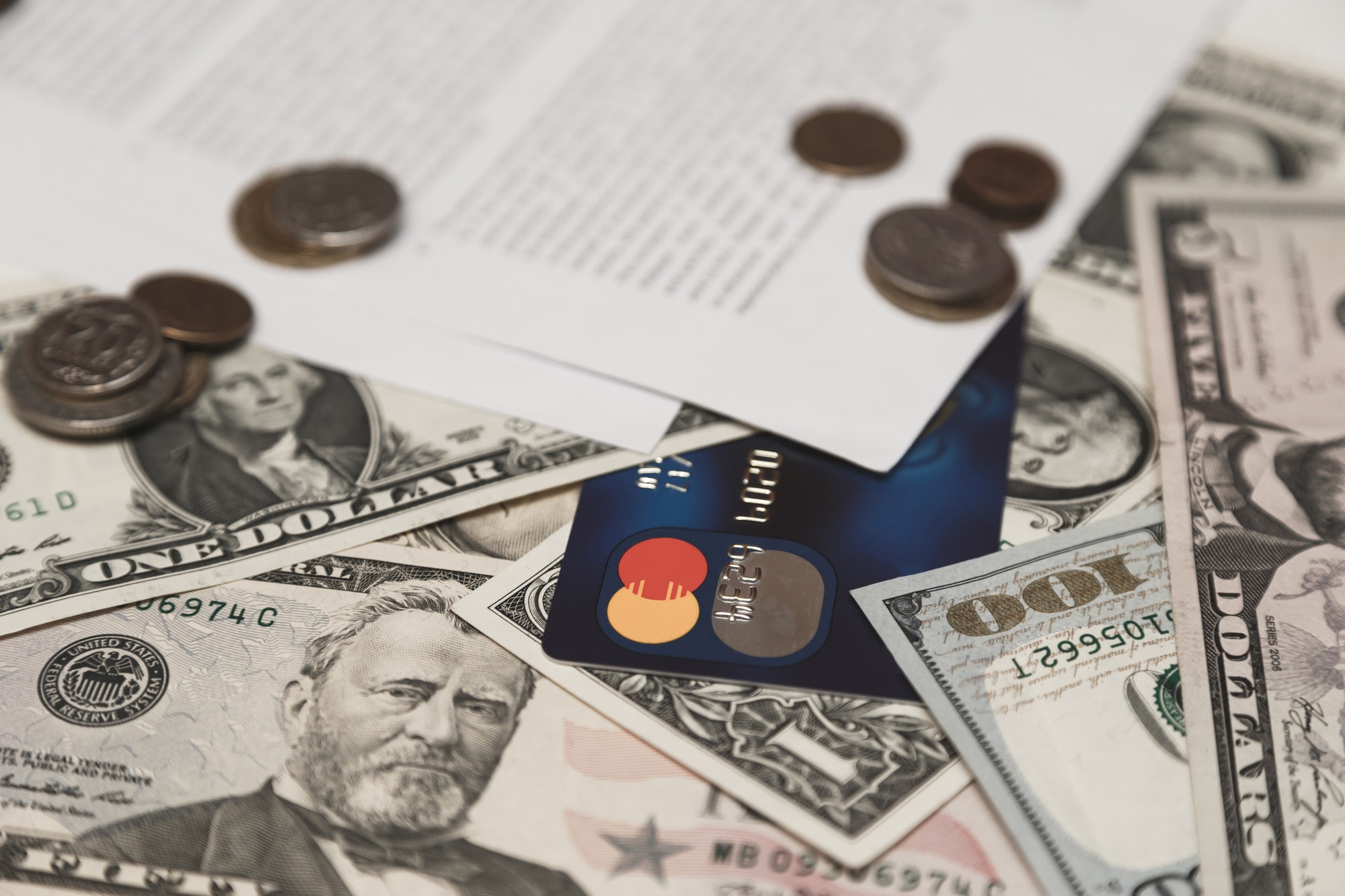If debit cards are the future of banking, is cash history?
As the pennies pile up in your kitchen drawer, or you search for one more quarter so you can get a snack from the office vending machine, you may feel like all the talk about moving toward a cashless society is completely unrealistic. But think again. How often do you pay with plastic of one kind or another?
In the age of direct deposit and electronic bill payment, you’re probably handling lots of financial transactions by swiping, dipping, or waving a card at a machine that can read it. Sometimes the card in question is a credit card, but it’s more and more likely to be a debit card.
IT STARTED WITH THE ATM
Believe it or not, the first bank card—more commonly known as an ATM card— was introduced back in 1969. But until cards became common in the 1970s, the only ways to get cash were to stand in line at your bank or find someplace that would cash a check for you.
As it turns out, cash withdrawals were only the tip of the electronic iceberg. You can handle almost all your banking business with a bank or debit card, from transferring money to paying your credit card bill. And you can use your debit card—sometimes called a cash plus or check card—to make point-of-sale (POS) purchases by using it in place of a credit card.
SPLIT PERSONALITIES
To make a purchase with a plain bank or ATM card, you type in your personal identification number (PIN) just as you do to withdraw cash. You don’t have to sign anything, though you do get a receipt for your records.
You can use debit cards the same way—and other ways. That’s where things can get a little murky. Sometimes you have to authorize a debit card transaction with your PIN, but sometimes you don’t. When you don’t use a PIN, you sign a receipt just as you would if you were charging the purchase to your credit card.
What happens in that case, as you probably know, is when you hand a sales person your card, you’re asked if you’re using credit or debit. Your answer lets the person know how to process the payment. But it doesn’t mean that the debit card can actually be used as a credit card—even if it has the same logo as your credit card.
HOW DEBIT CARDS WORK
When you use an ATM or debit card, the amount of your purchase is debited, or subtracted, from your account and transferred electronically to the seller’s account. There are usually no limits on the number of transactions you can make in the course of a day, though most banks set a daily dollar limit.
The amount you can spend per day is often the same amount that you can withdraw as cash, though they’re counted separately. For example, if your withdrawal limit is $500 a day, your debit limit may also be $500. That means you could deplete your account by $1,000 a day—if you had that much money available. At other banks, one daily limit applies to both withdrawals and purchases.
If you have overdraft protection, you can debit up to the limit of your overdraft line of credit. But remember, you owe interest on the amount that the bank transfers to your checking account to cover your debt and often a fee as well.
THE POPULARITY POLL
Banks love debit cards. It’s much less expensive to process electronic debits than it is to process checks. And banks collect fees from retailers based on the amount of your debit purchases, just as they do when you use a credit card.
Retailers like debit cards despite the fees they may have to pay— typically a percentage of the transaction—since people tend to buy more when it’s easy to pay. And retailers do have the right to add a transaction fee to your bill if they choose. Further, debit cards reduce or eliminate the need to accept checks, which may be harder to get approved than cards and always carry the risk that they may bounce or that payment may be stopped.
So where does that leave you? There’s no question that debit cards are handy. You don’t need cash to go to the grocery store, and you can usually get $20 or more in cash on top of the amount of the sale. That eliminates a trip to an ATM and may save you $1.50 or more in fees.
There are risks, though. Using a debit card all the time, for a combination of small and large purchases, increases the risk you’ll lose track of what you’re spending. You don’t get a balance statement with a POS purchase, as you do when you withdraw cash. And swiping a card can make spending seem painless.
Unless you generally keep a large balance in your account, you run the very real risk of overdrawing, which can be very expensive, or of having a purchase refused if you don’t have overdraft protection. So using some cash may have a point.
VISUAL CLUES
There’s one quick way to tell a plain vanilla bank card from a debit or multipurpose card. Bank cards carry your bank’s logo, and debit cards carry both the bank’s logo and either a MasterCard or Visa logo.




